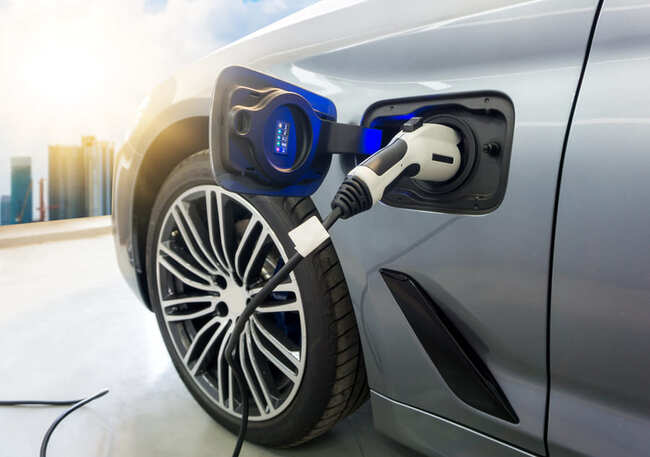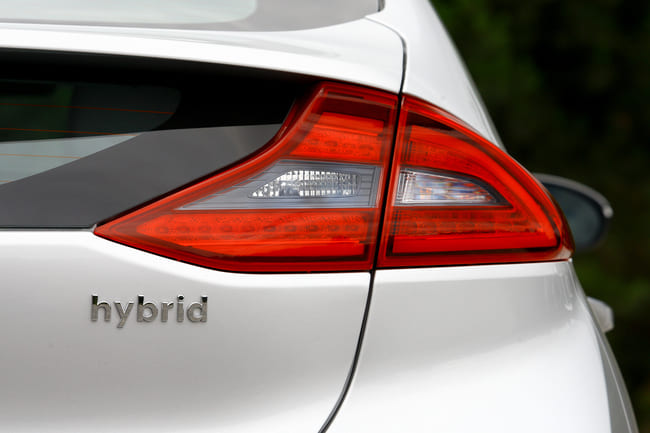- Home
- Shop
-
Engine & Drivetrain
- Radiators, Fans, Cooling Systems & Components
- Exhaust, Headers, Manifolds Mufflers & Components
- Fuel Systems & Components
- Heating, Air Conditioning & Components
- Air Filters, Oil Filters & Intake Systems
- Electronic Control Modules, Ignition & Distributors
- Cranks, Pistons, Oil & Components
- Cams, Timing & Valvetrain
- Clutches, Flywheels & Components
- Switches, Relays, Wiring & Components
- Oxygen Sensors & Components
- Engine & Transmission Assemblies
- Other Engine Parts
-
Brakes, Suspension & Steering
- Brake Discs, Pads & Calipers
- Shocks, Struts & Components
- Control Arms, Thrust Arms & Components
- Wheel Hubs, Bearings, and Components
- Tie Rods, Steering Racks & Components
- Axles, Axles Carrier, Driveshaft & 4WD
- Power Steering Pumps & Components
- Air Suspension Components
- Other Brakes, Suspension & Steering Parts
- ABS Pump & Components
-
Engine & Drivetrain
- Blog
- Catalog
- Contacts US
- Compare: 0
Product
Categories
Select a vehicle to find exact fit parts
Hybrid cars vs plug-in hybrid cars: how they work and which is better
The biggest difference between an electric car and a plug-in hybrid is the engine. In an e-car, the engine is purely electric, whereas in plug-ins there is always a conventional combustion engine on board as well as an electric motor. Hybrid cars have two drive systems – the most common combination is that of a petrol engine with an electric motor.
What is a PHEV?
PHEV stands for Plug-in Hybrid Electric Vehicle and refers to hybrid vehicles with a larger drive battery and the option of charging it with an hybrid car charger or Mercedes car charger at an external socket, wallbox, or charging station. This means that longer journeys are also possible with purely electric drive. The biggest advantage of PHEVs is the range. The combination of electric motor and combustion engine usually gives a range of 600 kilometres. They are also ahead of the game in terms of performance. The interaction of the two drive systems enables better overall horsepower and a sporty driving experience. On the other hand, they also have a much larger battery than the solely hybrid vehicles.

As a rule, an EV mode (electric vehicle mode) can be activated for the plug-in hybrid drive. The vehicle then can go distances of 30 to 50 kilometres purely on electric power all the while consuming less fuel. This makes these cars ideally suited for driving in the city. In comparison, the range of an electric car is shorter. Depending on the model, it is between 120 and 220 kilometres. In the future, these values will continue to increase.
Why hybrids?
The purely hybrid vehicles have proven time and again to be particularly economical. They have to make do with a few kWh batteries, while in plug-ins the batteries are usually more than13 kWh.

Without electricity in the battery, hybrid vehicles are normal combustors, which is why so much power can also be obtained. The energy can be retrieved regardless of whether the battery is charged or not). The exclusively hybrid vehicle obtains its electrical energy only through recuperation and cannot be plugged into a socket. Drivers who do not charge the batteries of their PHEV are much better off with a pure hybrid. Due to the higher weight of the batteries, plug-ins consume more fuel than regular hybrids, which have significantly lighter batteries on board.




1984375259.png)
135111072.png)
1235885726.png)
732991495.png)
148086775.png)
There are no comments